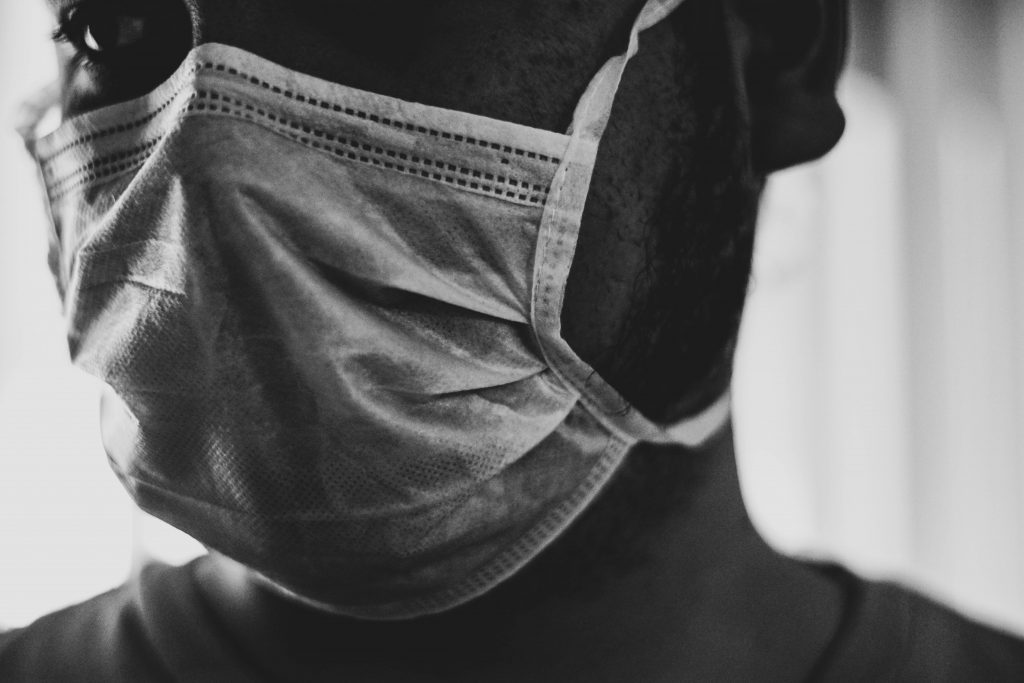 The coronavirus puts Oregon farmworkers at a higher risk, but they report a lack of access to personal protective equipment, worksites without social distancing, unreliable access to COVID-19 testing, and suffering from wildfire smoke that sent most Oregonians indoors.
The coronavirus puts Oregon farmworkers at a higher risk, but they report a lack of access to personal protective equipment, worksites without social distancing, unreliable access to COVID-19 testing, and suffering from wildfire smoke that sent most Oregonians indoors.
First There Was COVID-19
Eleven agricultural worker organizations across Oregon as well as Portland State University, Oregon State University, and the University of Oregon, conducted a study of more than 200 farmworkers about their jobs during the coronavirus pandemic.
Farms and food processing facilities in Oregon were the site of over 50 outbreaks, infecting more than 1,500 workers and “close contacts” OregonLive reports. Oregon has approximately 174,000 migrant and seasonal farm workers, the majority being Latinx and already disproportionately affected by the virus.
With outbreaks like these in Oregon and across the United States, worker advocates are calling on state officials to better protect agricultural workers.
Most surveyed farmworkers said their employers made some changes to slow the spread of COVID, but 22% said there weren’t any changes to bathrooms or handwashing areas, and 39% said there were points throughout the day where maintaining six feet of distance from others was impossible.
While the majority workers said their employer provided them with masks, two-thirds reported the masks provided were cloth. 20% said they were not provided with masks.
Oregon took some action making response plans for outbreaks, giving employers a toolkit containing the best safety practices, then inspecting and enforcing regulations in facilities more often.
While the state has taken steps to make coronavirus testing more available, it has not mandated testing for workers on farms and in food processing facilities.
Epidemiologist Emilio DeBess made a statement in July saying that most of the employers he spoke with were taking proactive steps to avoid outbreaks as they could lead to operation shutdowns and impact Oregon’s food supply.
Surveyed farmworkers reported a lack of access to sick days and were not aware of relief funds that would help if they needed to quarantine. However, the shared housing where many of the respondents lived make isolation nearly impossible.
Oregon Health Authority has information and a list of resources for farmworkers, but language barriers are hampering the spread of information related to the pandemic.
And Then There Was Smoke
In the midst of the coronavirus, Oregon’s wildfires and the smoke they produced have further put workers at risk.
According to Street Roots, the fires contributed to unhealthy levels of smoke and airborne particulate matter, which prompted state and workplace health officials to urge employers to stop or delay outdoor work activity when levels exceeded an Air Quality Index of 150.
However, Erica Sanchez, a farm worker for Harry & David (one of the Rogue Valley’s largest employers) told Street Roots she had to continue to work during a week that saw Air Quality Index levels surpass 300.
State epidemiologist Dean Sidelinger told Street Roots that the heightened risk of respiratory infections associated with increased pollution could have serious implications during the pandemic, particularly for Hispanic communities.
And Then There’s Your Family
Reyna Lopez, the Director of Oregon’s largest farmworkers union, Pineros y Campesinos Unidos del Noroeste, explains that workers face a difficult decision.
“You go to work and you risk yourself and literally are risking your life to put food on the table for America and your own family, or you stay home and it’s a risk to your livelihood and even making ends meet.” Lopez said.
Additionally, these farm workers are often paid less than they’re owed, or not at all, according to Oregon Bureau of Labor and Industries spokesperson Jenny Smith.
“We’ve received numerous claims against unlicensed labor contractors who have not paid their workers in full,” Smith told Street Roots.
How Can Oregon Help?
Gov. Kate Brown recently announced $30 million in COVID-19 relief funding for essential farm workers, and Kathy Keesee-Morales, program director for the farm worker and immigrant advocacy group UNETE, has been helping to distribute personal protective equipment to these individuals.
Keesee-Morales said the public health taskforce she belongs to still estimates around 48 percent of Jackson County’s positive coronavirus cases have occurred in the Hispanic community.
“Unfortunately, we saw a lot of COVID outbreaks in the smaller farmers where people said that they weren’t allowed to socially distance,” Keesee-Morales said to Street Roots. “And when someone said they didn’t feel well, they were still basically being forced to come back into work.”
Eva Galvez, who advocates for improved living and working standards for farm workers, expressed the need to provide essential workers with additional benefits or protections, and told Street Roots that climate change has prompted a need for “a conversation that is happening outside and within the community about what we value.”
“Farmers are still going to be out there every year,” Galvez said. “They have to be – that’s how we supply our food. Some of us are just sort of saying, okay, we’ll get through this and in a few more days the air quality will be better. But is this going to happen next year as well?”
By Hannah Ramsey & Jada Krening
Do you have a story for The Advocate? Email editor@corvallisadvocate.com


